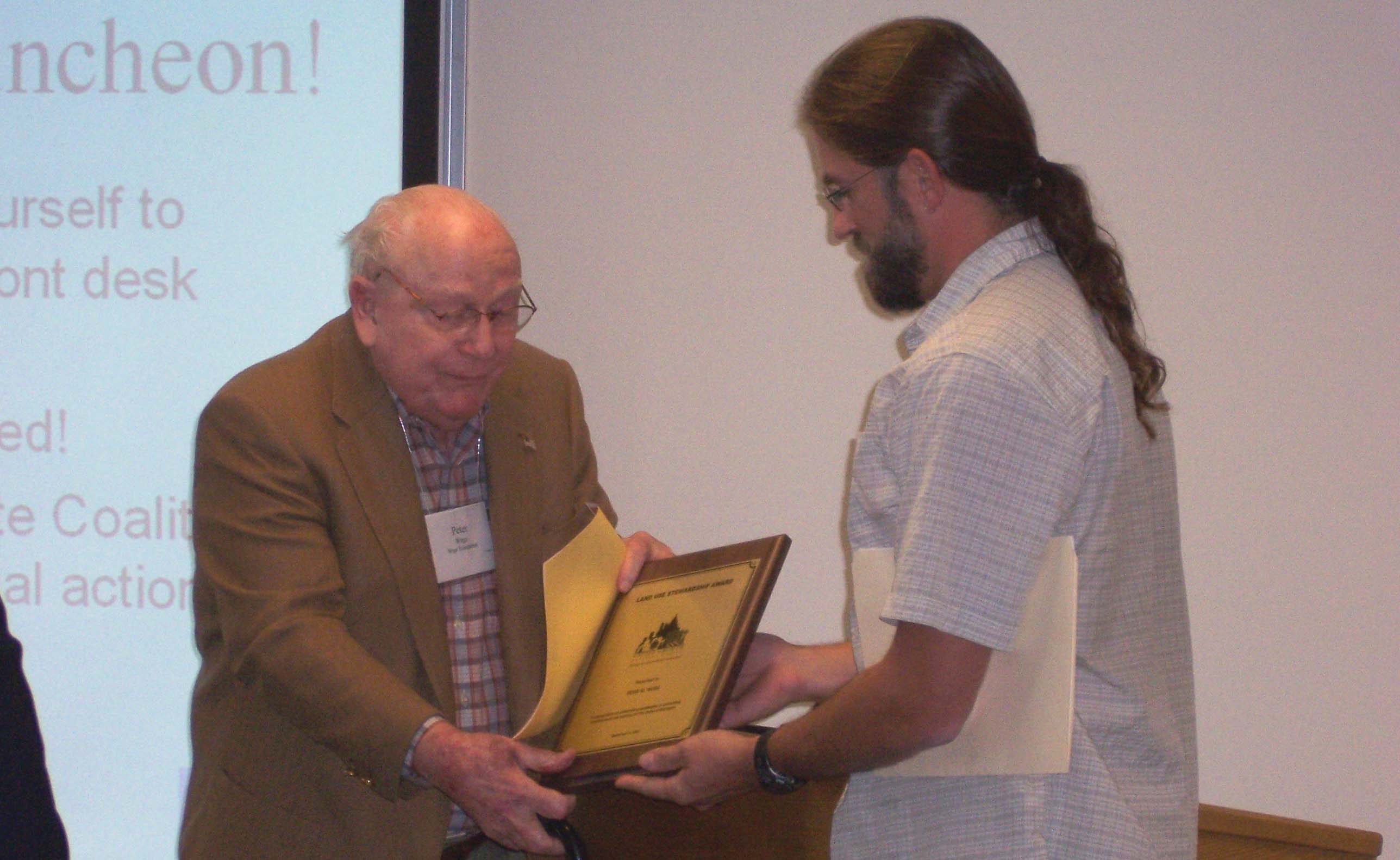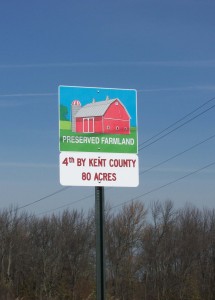Visit www.css.snre.umich.edu/facts
Since the early 1990s, Peter Wege has been actively involved with the School of Natural Resources and the Environment at the University of Michigan where he went to school. In 1991, when the SNR & E won the Environmental Protection Agency’s national competition to house the country’s first National Pollution Prevention Center, Michigan had an important requirement.
A major aspect of the EPA grant was that the NPP Center would appoint an External Advisory Board made up of people outside the academic campus who were leaders in the private sector. Having heard of Peter M. Wege’s environmental influence on Steelcase Inc., where he was an executive, Dr. Jonathan Bulkley and his younger assistant Dr. Greg Keoleian, asked him to head up the first External Advisory Board.
It was the beginning of a mutual admiration society between Grand Rapids and Ann Arbor that led to several collaborative projects, including the annual Wege Lectures given on the Michigan campus. It was also the beginning of a deep friendship among the three men.
In the late 1990s, the environmental thrust moved beyond preventing pollution to promoting sustainability. The National Pollution Prevention Center evolved into the Center for Sustainable Systems, with Peter Wege continuing to chair the External Advisory Board. Among many definitions of sustainability, one of the clearest summaries is that we must meet the needs of the present without compromising the ability of future generations to meet their own needs.
One of the CSS’s important callings is to educate people beyond the academic world about sustainability. Their new web site is an important medium to achieving that end. The CSS Fact Sheets are one-page snapshots on the environmental impacts of everything from personal transportation to residential buildings to how our country supplies and distributes water.
While the information in these Fact Sheets is often unnerving, they do offer various solutions and alternatives. The Fact Sheets are a great resource for mainstream Americans not familiar with the environmental lingo as they are written in clear English with lots of graphs, charts, and drawings to help viewers visualize the numbers.
Pictured above is the University of Michigan’s Dana Building housing the School of Natural Resources and Environment. As the Dana approached its 100th birthday in the 1990s, the dilapidated classroom building faced demolition. But SNR & E Professors Jonathan Bulkley and Greg Keoleian convinced the University to instead restore Dana as an example of green rebuilding.
Peter Wege was involved from the beginning in what became known as “The Greening of Dana.” The Dana restoration gained national attention as a hands-on clinic for SNR & E students in environmental reconstruction. In 2005, the Dana Building received a gold rating from the United States Green Building Council making it the greenest academic building in the state of Michigan.
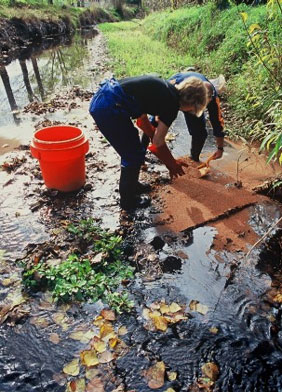

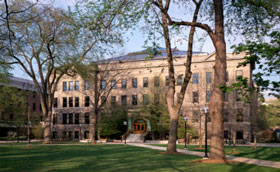
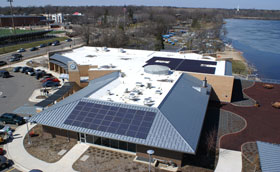
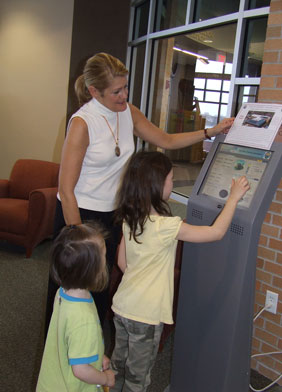 On a hot August day in 2006, Peter M. Wege had the honor of cutting a big red ribbon to open the newly rebuilt East Grand Rapids Library and City Hall on Reeds Lake. The privilege was Peter’s not only for his generous financial support, but also for his prodding the city to build according to environmental protocols. The remodeled City Complex is now been officially declared LEED certified by the United States Green Building Council.
On a hot August day in 2006, Peter M. Wege had the honor of cutting a big red ribbon to open the newly rebuilt East Grand Rapids Library and City Hall on Reeds Lake. The privilege was Peter’s not only for his generous financial support, but also for his prodding the city to build according to environmental protocols. The remodeled City Complex is now been officially declared LEED certified by the United States Green Building Council.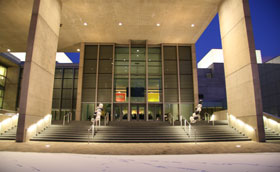
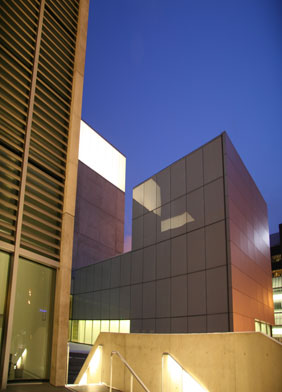 Elite athletes aren’t the only ones striving for the gold. Any new construction that is enrolled in the U. S. Green Building Council’s Leadership in Energy and Environmental Design (LEED) program dreams of earning a Gold ranking, second only to platinum. Now that the U.S. G.B.C. has finished its formal review of all the environmental documentation from the construction of the Grand Rapids Art Museum, they have tallied the points and made the announcement.
Elite athletes aren’t the only ones striving for the gold. Any new construction that is enrolled in the U. S. Green Building Council’s Leadership in Energy and Environmental Design (LEED) program dreams of earning a Gold ranking, second only to platinum. Now that the U.S. G.B.C. has finished its formal review of all the environmental documentation from the construction of the Grand Rapids Art Museum, they have tallied the points and made the announcement.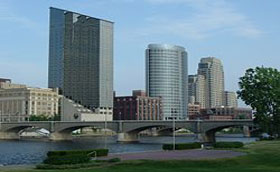
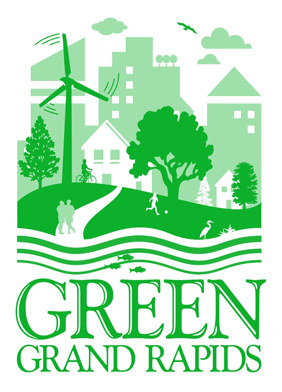 Since he started The Wege Foundation in 1967, Peter Wege has always advocated collaboration. He knows the whole is greater than the sum of its parts, and he’s seen the synergy created when several partners work together for a common cause. The most recent example of Peter Wege’s style of doing business is called Green Grand Rapids, a collaborative effort to map out the future of the city’s parks, playgrounds, trails, trees, sidewalks, storm-water facilities, and green space. The collaborative goal is to expand recreation, improve public health, and extend the city’s green spaces rather than its parking lots.
Since he started The Wege Foundation in 1967, Peter Wege has always advocated collaboration. He knows the whole is greater than the sum of its parts, and he’s seen the synergy created when several partners work together for a common cause. The most recent example of Peter Wege’s style of doing business is called Green Grand Rapids, a collaborative effort to map out the future of the city’s parks, playgrounds, trails, trees, sidewalks, storm-water facilities, and green space. The collaborative goal is to expand recreation, improve public health, and extend the city’s green spaces rather than its parking lots.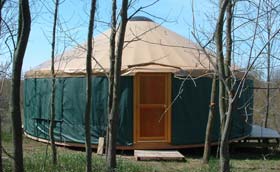
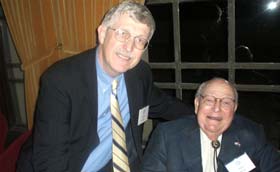
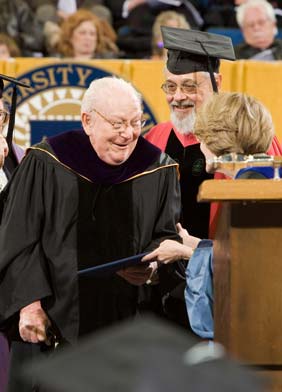 The University of Michigan paid its highest tribute to lifelong East Grand Rapids resident Peter M. Wege by awarding him an honorary degree as a Doctor of Laws. Mary Sue Coleman, president of the University, gave the Honorary Doctorate to Peter M. Wege during the University of Michigan’s winter commencement ceremonies on December 15, 2007.
The University of Michigan paid its highest tribute to lifelong East Grand Rapids resident Peter M. Wege by awarding him an honorary degree as a Doctor of Laws. Mary Sue Coleman, president of the University, gave the Honorary Doctorate to Peter M. Wege during the University of Michigan’s winter commencement ceremonies on December 15, 2007.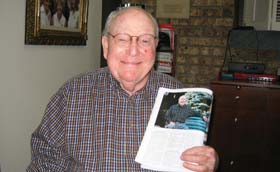
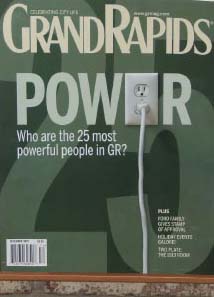 The December issue of Grand Rapids Magazine published brief profiles on the 25 people their staff considered the city’s most important. The first person listed was Peter M. Wege. In Peter Wege’s biography titled “Looking Beyond Horizons,” reporter Curt Wozniak gave him credit for making Grand Rapids, Michigan, the greenest city in the country for its size.
The December issue of Grand Rapids Magazine published brief profiles on the 25 people their staff considered the city’s most important. The first person listed was Peter M. Wege. In Peter Wege’s biography titled “Looking Beyond Horizons,” reporter Curt Wozniak gave him credit for making Grand Rapids, Michigan, the greenest city in the country for its size.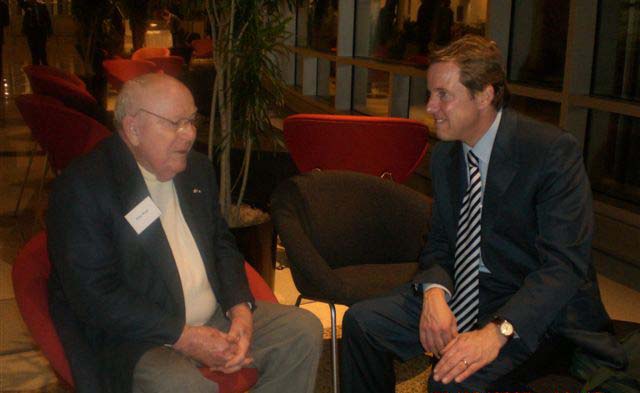
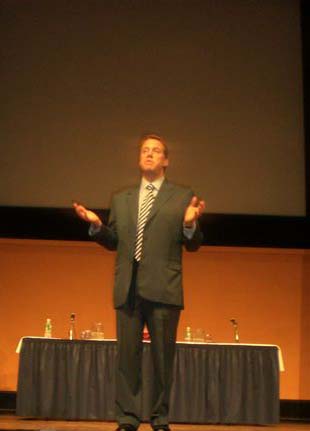 William Clay Ford, Jr., Executive Chairman of Ford Motor Company, delivered the Seventh Annual Peter M. Wege Lecture at the University of Michigan November 13, 2007. Henry Ford’s great-grandson, who goes by the name “Bill Ford,” called his speech, The Road to Sustainable Transportation.
William Clay Ford, Jr., Executive Chairman of Ford Motor Company, delivered the Seventh Annual Peter M. Wege Lecture at the University of Michigan November 13, 2007. Henry Ford’s great-grandson, who goes by the name “Bill Ford,” called his speech, The Road to Sustainable Transportation.